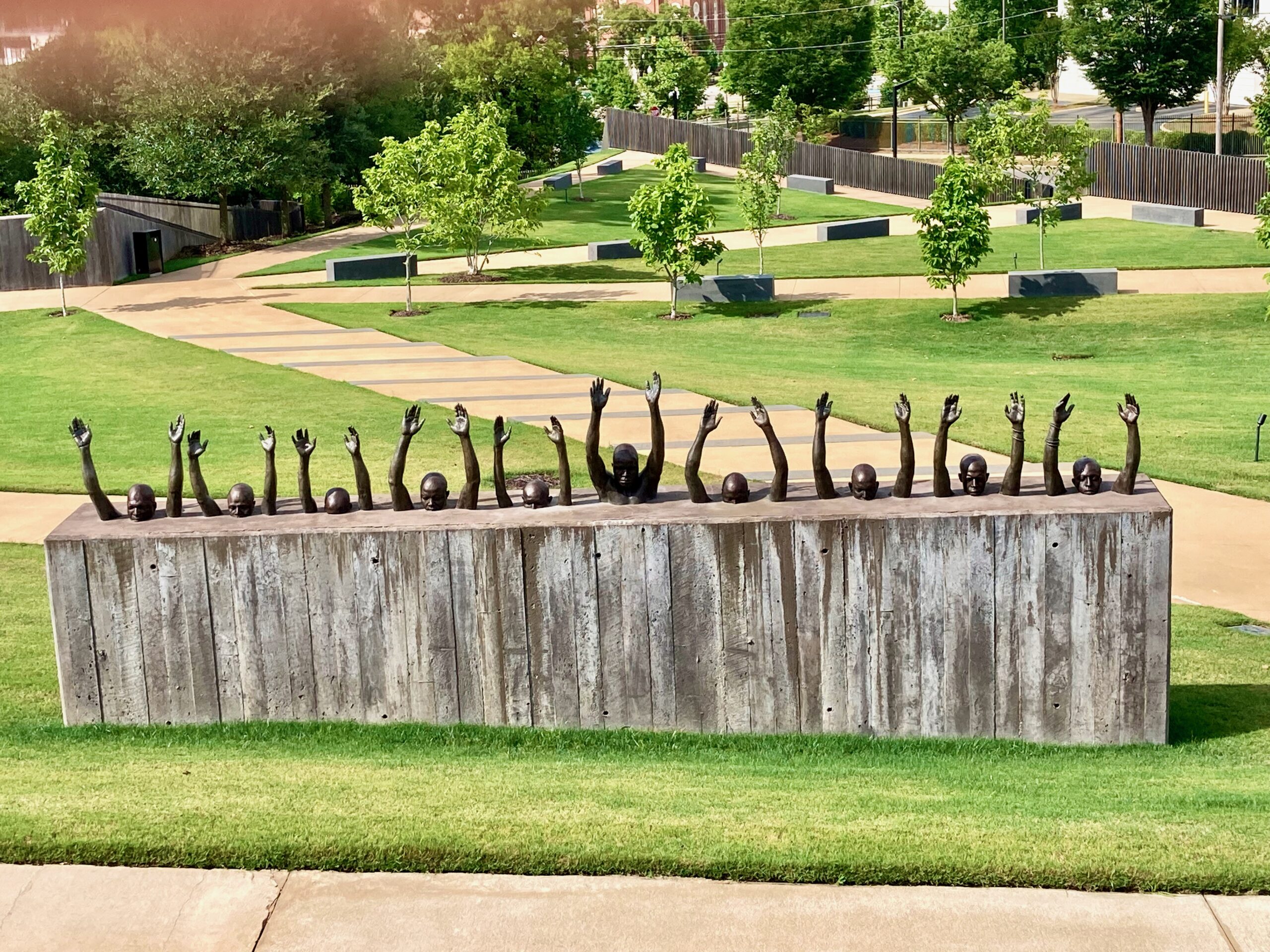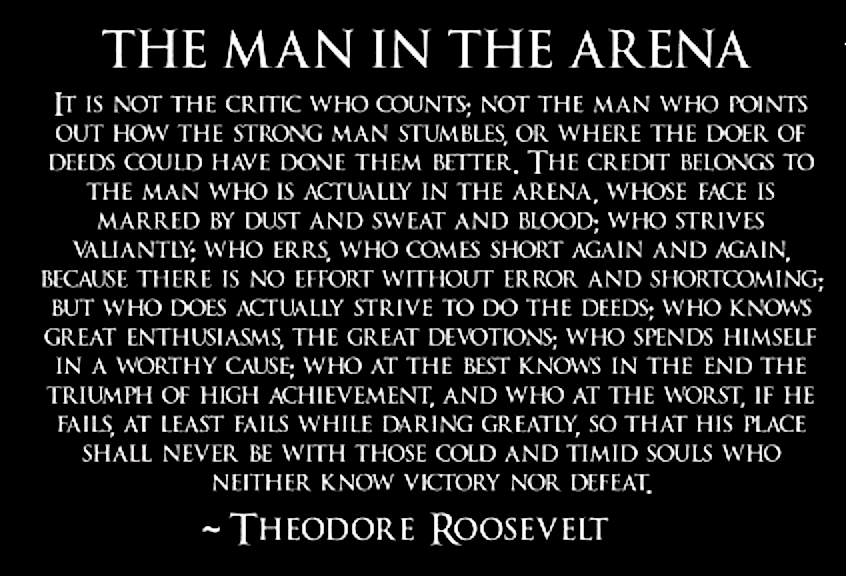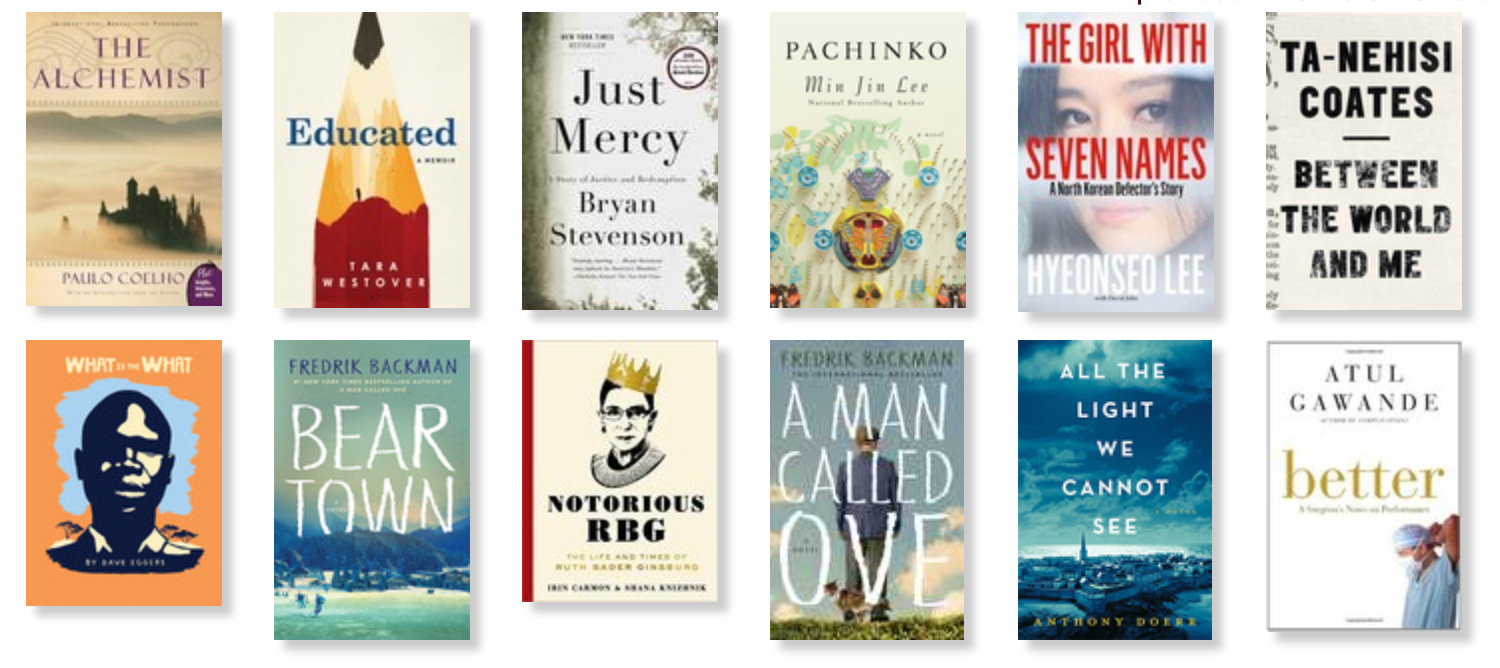Blog
The H2O crisis: more than a temporary drought

The H2O crisis: more than a temporary drought
January 18, 2018
Before I arrived in Cape Town, I was pleasantly surprised to receive an email from Airbnb informing me of the crisis along with my responsibilities as a tourist. By now, I’m sure most of the world has heard that Cape Town is suffering the worst drought recorded in its history. Day Zero is now a topic of daily conversation. It’s the day that the water levels reach a critical level resulting in residents having to “queue for water”. That’s correct, we’re talking about rationing water. Day Zero is currently projected to be April 21st, 2018.

There are six major and eight minor dams supplying water to Cape Town. The major dams provide 99.6% capacity as compared to the minor dams providing just 0.4%. Over the past 4 years, the major six have gone from levels of 100% to the most recent recording of 28.7% on Jan 15, 2018. (See Figure 1) Once the levels reach 10%, water cannot even be retrieved. We are not very far from the critical point.
Factors contributing to the shortage
To simplify a complex problem, it comes down to supply and demand. From the supply side, there has been a significant decline in the water supply secondary to drought. This historic drought is believed to be a long-term problem with many signs pointing to climate change – yes, that left-wing conspiracy theory that conservatives love to deny. For published evidence-based data on this, see this 2013 article in Nature.
Coupled with the reduction in supply is population growth – roughly 79% in 23 years. Not surprisingly, about two-thirds of the city’s water is consumed by people in formal houses. If there were fewer people residing here, there would less of a problem. Much like in the US, many people with means just don’t think about wasting water. I’m hyper-aware of water (and other resource) consumption having grown up in a first generation household. My parents, as a leftover from their childhoods in India where resources were scarce, reinforced basic behaviors like not running the tap when brushing your teeth. I never really thought we’d run out of water but was just following a basic principle of reducing waste.
Implications
The negative implications if Cape Town reaches Day Zero area vase. These include infectious disease and deadly water-borne illnesses, dehydration-related illnesses, particularly in poor areas, food shortages due to impact on agriculture and overall economic decline. Not exactly a minor issue.
Current State of Affairs
Currently, the city has imposed what’s called “level 6” restrictions. These include limits related to per person daily water consumption, banning use of municipal drinking water for car washing, pools, watering gardens/irrigation, etc., short showers (no baths) and flushing toilets only when necessary. All of the locals and tourists I encountered have been keenly aware and appropriately concerned. But overall, the water restrictions imposed have not made enough of an impact. Day zero is fast approaching and there is real cause for alarm that the city does not have a sustainable plan in place to prevent the worst consequences.
I’m scheduled to leave this marvelous city on January 28th. Unfortunately, people like me will come and go but the residents of Cape Town will face a grim reality in the next few months. Let’s hope the people and government come together to effectively tackle this intricate problem.
Discover more from diannajacob.com
Subscribe to get the latest posts sent to your email.
Recent News

About Dianna
May 29, 2024

On Being Single and Child-Free
July 31, 2022

Relearning American History: A Self-Guided Tour of the South
July 7, 2021

Racism: A Global Pandemic
June 8, 2020

Daring Greatly
August 23, 2019

Becoming a Better Me
January 10, 2019


